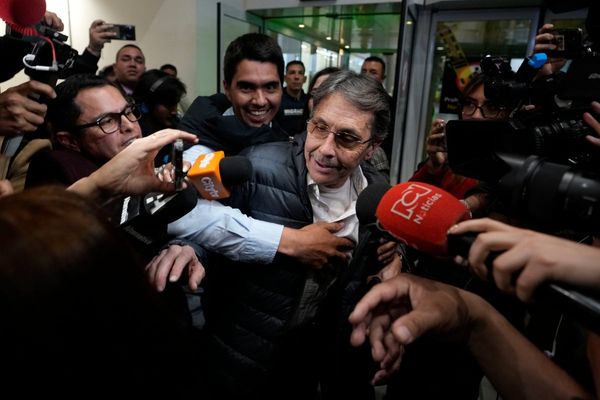
Since mid-September, protests have swept across Iran, the world and the internet after 22-year-old Mahsa Amini died while in the custody of Iran’s morality police for allegedly violating the country’s dress code and wearing her hijab too loosely.
While the police and government claim Amini died of heart failure due to an underlying health condition, her family says this is false and alleges she was beaten while in custody.
Protests began in Tehran but quickly spread to more than 80 cities across the country and then further afield. They’ve lasted more than two weeks and represent the most serious challenge to the Islamic Republic and its theocratic leaders in a decade — and they’re been led by young women.
Gen Z women use social media to amplify their message
Iran is no stranger to protests. In 2009 protesters of the Green Movement demanded the removal of Mahmoud Ahmadinejad from office after what many believed was a fraudulent presidential election. A decade later, in 2019, a nationwide civil protest took off. Initially caused by a huge rise in fuel prices, it again led to calls to overthrow the government and Supreme Leader Ali Khamenei. The government shut down the internet for six days during these protests, resulting in a near-blackout of information in and out of the country.
But in 2022 the government can’t control the internet as much as it once could, and a new generation of women are using it to make sure they’re heard.
To be clear, the focal point of these protests is the street — women are going out in public, tearing off their hijabs, burning them, and cutting their hair off in open opposition to the mandatory dress code that requires all women to wear headscarves and loose-fitting clothes in public — but via social media, the world watches.
What these women are doing is extremely dangerous. In normal times, flouting the dress code can result in fines, prison or flogging — during these protests, already more than 80 people have been killed in the police crackdown. Again, a lot of the victims are young women.
But even those who aren’t taking to the street are still joining the protests. Search “Mahsa Amini” or “Iran protests” on TikTok and your feed will be awash with videos of women removing their hijab and cutting their hair onscreen in solidarity with those out in the streets. It’s a visually powerful message, and it’s being shared and copied widely.
Although the Iranian government has repeatedly shut down mobile internet connections and disrupted the services of Instagram and WhatsApp, it hasn’t seemed to have stopped protesters’ images and messages from spreading.
Why? Because those at the forefront of these protests know the power of the internet. Digital natives, they’re used to using social media to express their views in a global space. And when the first protests began and they knew an internet crackdown was imminent, they also knew their government didn’t have the power to shut down their message if the rest of the world picked up the fight. So as well as frequently managing to evade internet crackdowns, they also asked others to share and amplify their posts using the hashtag #BeOurVoice.
While the act of jumping on to a social movement from a safe and privileged place such as Australia is often derided as “slacktivism”, in the case of the Iran protests it’s been an invaluable resource as celebrities and regular users reshare messages of resistance.
Youth-led social movements are a powerful force
Recent history tells us that young people who use the powers of global social media are a powerful force. From the Arab Spring, organised in the early days of Twitter, to the global climate movement spurred by youth activists connecting and amplifying their message online, social media has been a key tool for huge youth-led social movements.
Iranian schoolgirls know this. 17-year-old Nika Shakarami vanished during the protests and her body was handed back to her family days later with her nose smashed and her skull pounded. Now, as teen girls mourn the death of Shakarami, videos are emerging of them joining the protests, tearing off their hijabs in school buildings before marching down the street.
The protesters’ rallying cry is “Women. Life. Freedom”. It’s adopted from Kurdish female fighters and now, when social media means that one country’s struggle can’t be contained by internet blackouts, it’s a cry that’s being heard around the world.







